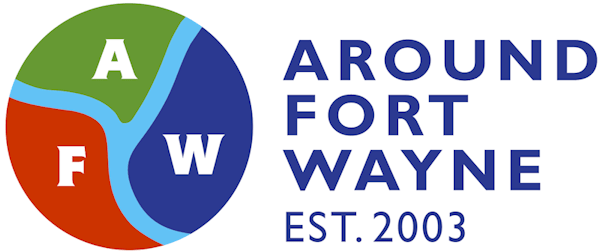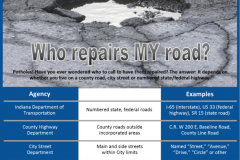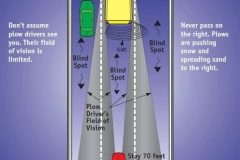
News release from INDOT:
Cable Barriers: Designed to Yield, Not Shear
By 2018, I-69 from Michigan state line to south of Gas City will have continuous cable barriers
(January 28, 2016) – Cable barrier is a high-tension, three-wired barrier designed to yield, not shear. It absorbs most of the energy from a crash, rather than concrete or guardrail median barriers, which send most of the crash energy into the vehicle itself. A cable barrier system is considered the most forgiving system available for reducing the number of median crossover crashes. There is an estimated 96 percent reduction in median crossover crashes in areas with cable barriers versus areas without any median treatment.
Did you know?
- Emergency responders should never cut the tension in a cable barrier; it must be released at an end post.
- At any given time, the system has at least 6,400 pounds of tension.
- The posts are set 15 inches into the sockets; the sockets are set into a reinforced concrete foundation, which is 42 inches deep.
Watch a cable barrier crash test to see the system in action:







